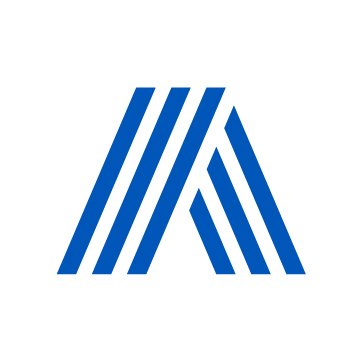The Value of a Design Review When Quoting a New Part
When it comes to design for manufacturing, we can never have too much information. The more we know about the parts we’re machining, the better equipped we are to provide an accurate quote, manage the project, and deliver quality parts.
In our 35 years of machining experience, the team at Alard Engineering has found a great deal of value in performing a design review with our customers.
Why Conduct a Design Review?
As an engineering partner, our goal is to effectively communicate and work together with our customers.
A design review gives us the opportunity to share insights into the machining process and collaborate with customers to determine the best solution for each unique project.
Specific benefits of a design review include:
Understanding our customer and the projects they’re involved in
Facilitating close communication and trust between parties
Thinking through full supply chain management
Identifying potential issues quickly and proactively
Becoming more efficient to decrease cost and lead time
Recently, we had a customer who needed some forgings done. We took the time upfront to deep dive into the different types of forgings, then to make sure we were sourcing the right materials for the exact forgings that they needed.
After doing the research, including some of the challenges we had encountered.
One of the materials required an X-ray, so we had to research vendors to determine who had this capability. We ended up selecting a new vendor that could X-ray to our customer’s specific requirements.
We communicated our findings to the customer, suggesting alternate solutions to help overcome the obstacles. After obtaining their feedback, we went through a full submission and approval process to get the customer’s permission to use a new vendor who had the x-ray capabilities.
Through this transparent process, we agreed on a new and improved approach to the project and delivered the forgings our customer needed.
How a Design Review Works
We begin all design reviews internally so we can get on the same page before we bring customers into the process.
Our CEO, COO, head of purchasing, and a member of our inspection team gather to address the following project considerations:
The drawing or model. In some cases we can review a 2D design, but if the parts are difficult to read in 2D, we may request a 3D model to provide us with valuable information.
Machining requirements. We’ll assess which machining capabilities we plan to use, whether turning, milling, Wire EDM, or something else.
Processing and finishing. If processing or finishing are required, we’ll begin coordinating with the vendors we use for these outside operations.
Part requirements. What needs to happen so that we can meet the customer’s end goal for the part? We’ll assess everything from materials and finishes to tolerances and geometries.
After the design review, we’ll set up a meeting with the customer’s engineering team to review our findings. Sometimes we may need to re-quote the project, but usually it doesn’t come to that.
During this meeting, we’ll present our recommended solutions. We may suggest swapping a material that’s notoriously difficult to machine, like 304 stainless steel, for a comparable material like 303 stainless steel that will meet the part requirements.
If we’ve determined that we have some flexibility around tolerances, we may advise loosening them to make the part easier to machine.
The goal of all our recommendations is to save you time and money.
We’ll also regroup with customers after prototype testing to review the results and discuss potential iterations.
At Alard Engineering, we believe in building a true partnership with our customers. Our design reviews help everyone better understand what it takes to get a high-quality part made quickly and cost-effectively.
If you need a reliable source for custom precision products and assemblies, request a quote from us and let’s take your project to the next level.

